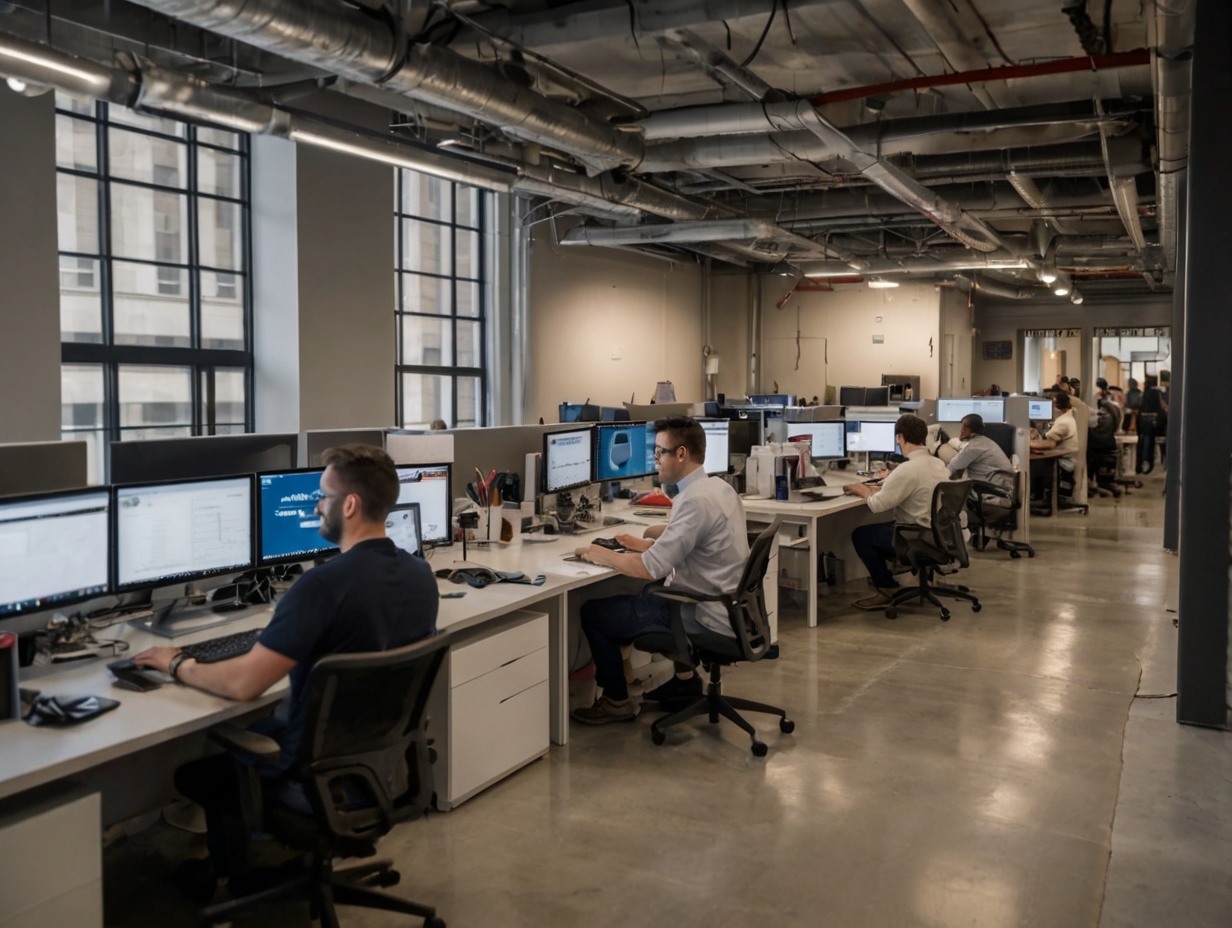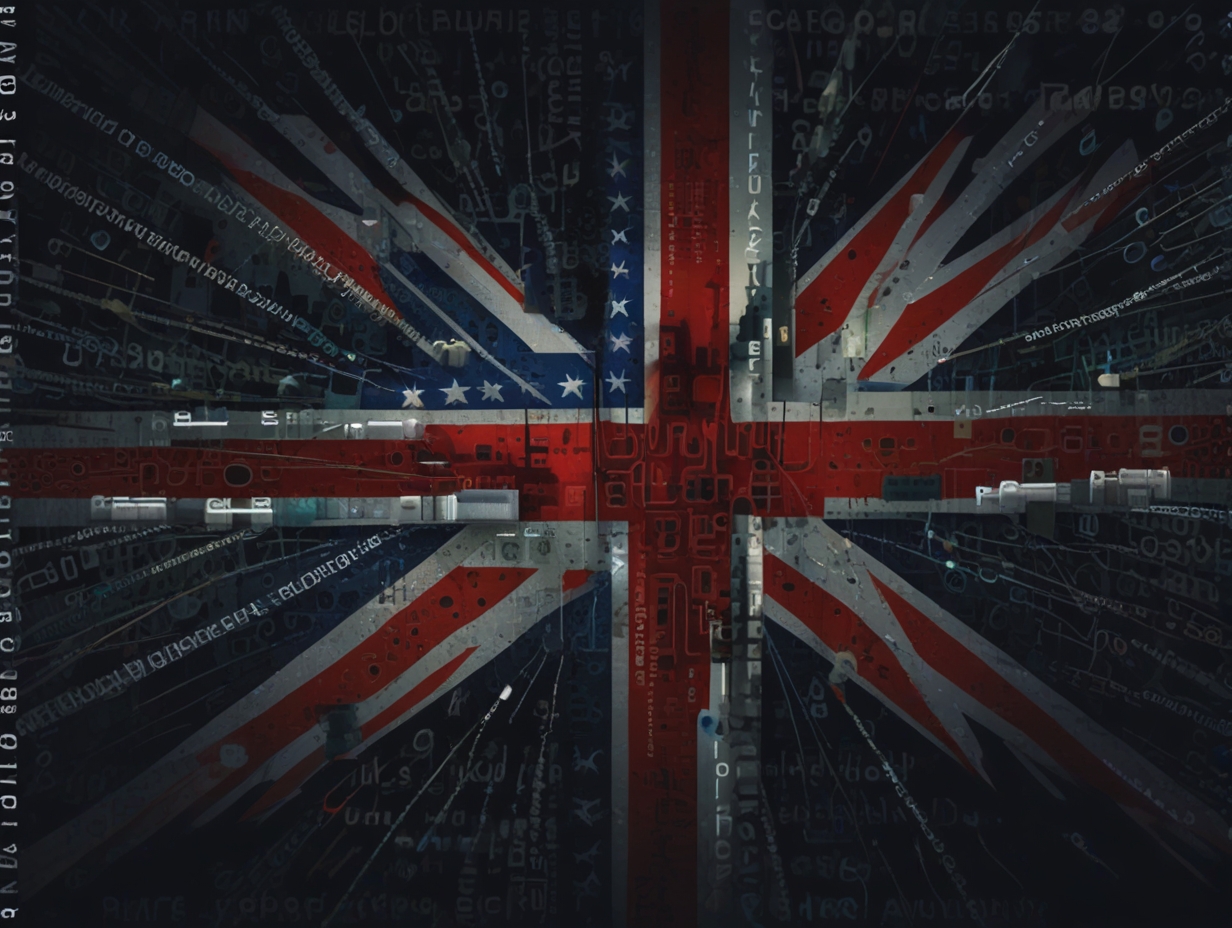As artificial intelligence (AI) continues transforming industries with myriad applications, it raises a critical question for the American workforce: How will this affect hourly workers?
According to the Bureau of Labor Statistics, hourly rates cover the healthcare, hospitality, retail, and manufacturing sectors. This represents the lion’s share: 55.6 percent of U.S. workers.
Hourly workers prepare for AI impact
A shift worker survey by the workplace management software firm Deputy asked if AI would affect their job, to which 70% answered affirmatively. Whereas past technological disruptions most affected the blue-collar workforce, AI will most likely even branch out to knowledge workers and, for that reason, make a marked shift in labor dynamics.
Hourly workers and their managers are actively seeking technology solutions to streamline workflows. The branch is an instant payment platform where 23% of employees experiment with AI tools, while 22% of hourly workers are interested in its use.
An increasing number of companies—like Ace Hardware and Dutch Bros Coffee, both Deputy clients—enlist engagement tools to ensure hourly workers feel part of where they work.
Upskilling and resilience
While the integration of AI may allow for some of the concerns that point to the disruption of jobs, some of the experts, like Doug Hammond, who is the President of Operational Talent Solutions at Randstad USA, opined about the fact that more or less, AI signals a very fast evolution of technology, as opposed to one in which it could replace jobs en masse.
The focus on how the employees will advance their skills to more sophisticated jobs in areas like maintenance of robotics and strategy planning is, therefore, productivity and overall job satisfaction.
Tight labor market dynamics
On the other hand, the labor market continues to be tight worldwide, and employees are held in demand. This kind of force refers to creating efficiency and value in operations. Mentioning the term “poly-employment,” he said workers have doubled this since 2021. Digitizing shift work in unison with AI could go a mile further in helping optimize their time and improve their compensation. It would go a long way in solving problems linked with high turnover and creating more meaningful jobs.
Future outlook and challenges
The new role of education and training is to adapt workers to the evolving labor market. This puts pressure on employers to invest in upskilling programs for workers to match job requirements that are continually changing.
This, however, raises the same question of whether or not the upskilled workers will be rewarded. Organizations are negotiating this landscape to ensure that the people putting effort into upskilling receive their due efforts to integrate AI in hourly work environments, which heralds opportunities and challenges.
He uses terms full of promise by the technology that employees would experience an increase in productivity and job satisfaction. Still, the impact on compensation and career development remains one of the gray areas concerning the workforce.
Resilience and adjustability from the hourly workers, alongside smart investments by employers, will shape the future of work over the coming decade in the AI-driven economy.
Original story from: https://www.cnbc.com/2024/03/30/why-hourly-wage-workers-will-reveal-the-most-about-how-ai-changes-jobs.html





